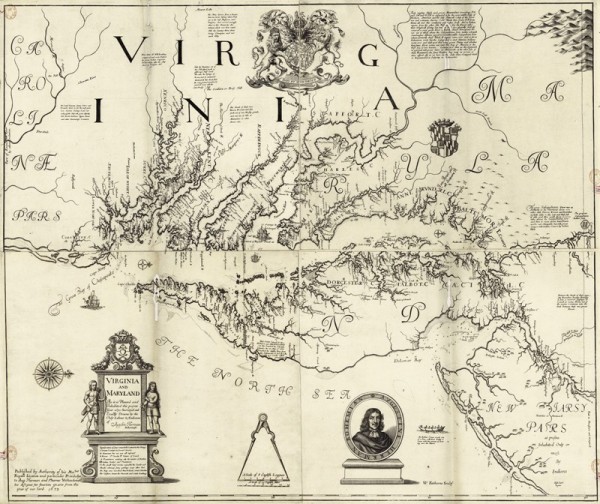
Augustine Herrman, Map of Virginia and Maryland, 1670. 31 1/2 x 37 3/8". (Library of Congress, Washington, D.C., MSA SC 5339-1-172.)
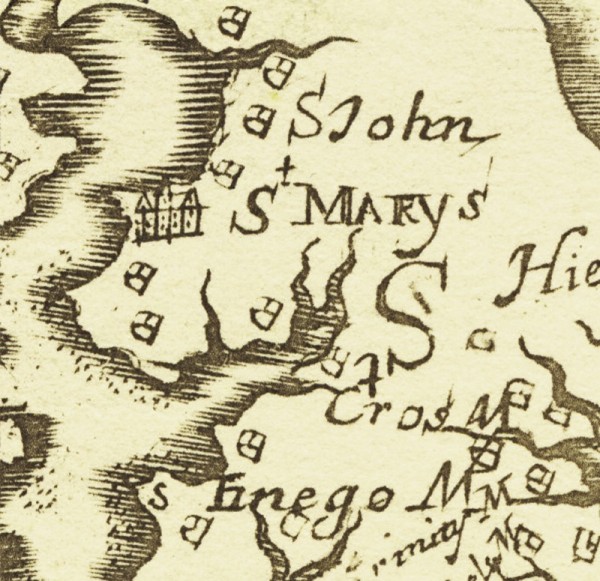
Detail of the map illustrated in fig. 1, showing the location of St. Mary’s City.

Costumed interpreters engaged in living history at the Godiah Spray Plantation, Historic St. Mary’s City, Maryland. (Courtesy, Historic St. Mary’s City; photo, Donald L. Winter.)
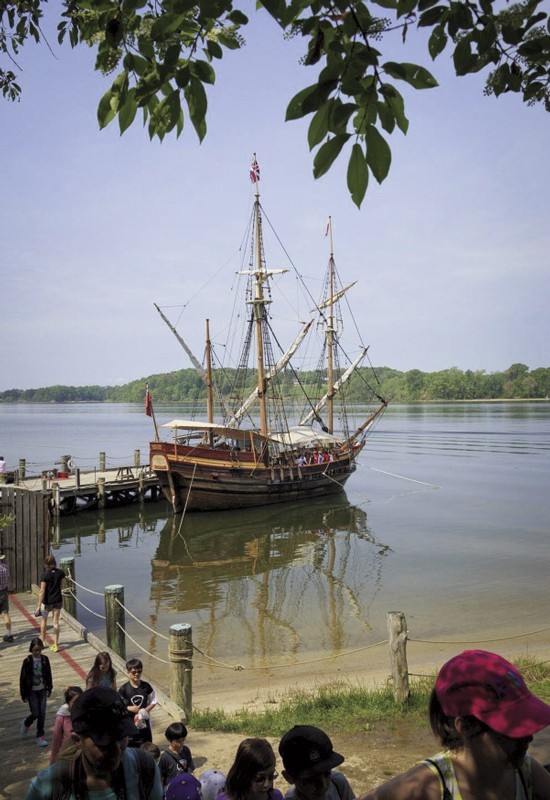
The Maryland Dove, a full-scale replica of the square-rigged ships that brought settlers to St. Mary’s City. (Courtesy, Historic St. Mary’s City; photo, Donald L. Winter.)
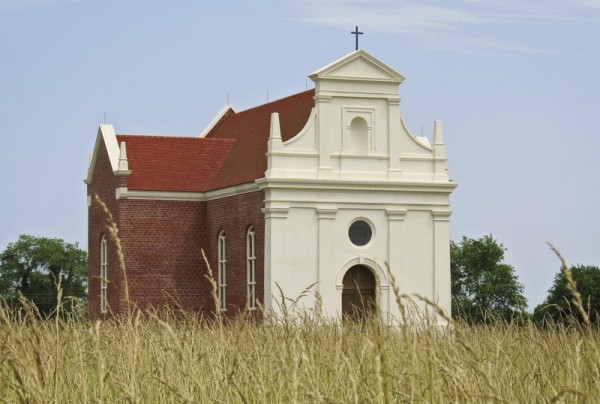
The reconstructed brick chapel at Historic St. Mary’s City. (Courtesy, Historic St. Mary’s City; photo, Donald L. Winter.)
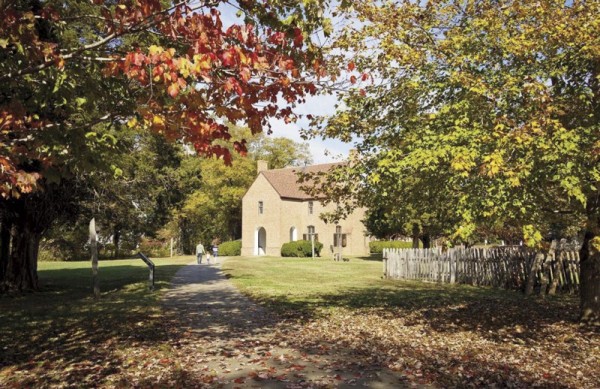
The reconstructed brick statehouse of 1676. (Courtesy, Historic St. Mary’s City; photo, Donald L. Winter.)
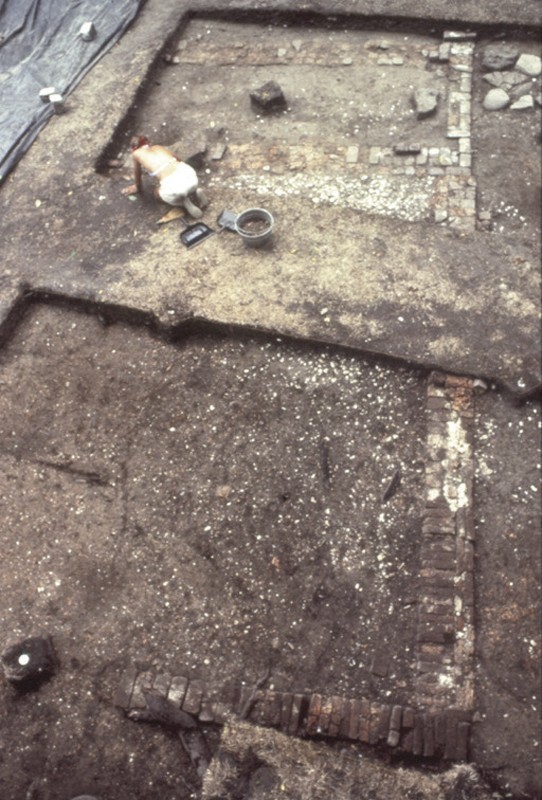
Archaeological site, St. Mary’s City, showing foundations of Leonard Calvert’s House, which became the first Statehouse of Maryland. (Courtesy, Historic St. Mary’s City; photo, Alexander Henderson Morrison II.)

Medallion fragment, Westerwald, Germany, ca. 1620. Salt-glazed stoneware. (Courtesy, Historic St. Mary’s City; photo, Donald L. Winter.) Found in the moat surrounding Pope’s Fort.
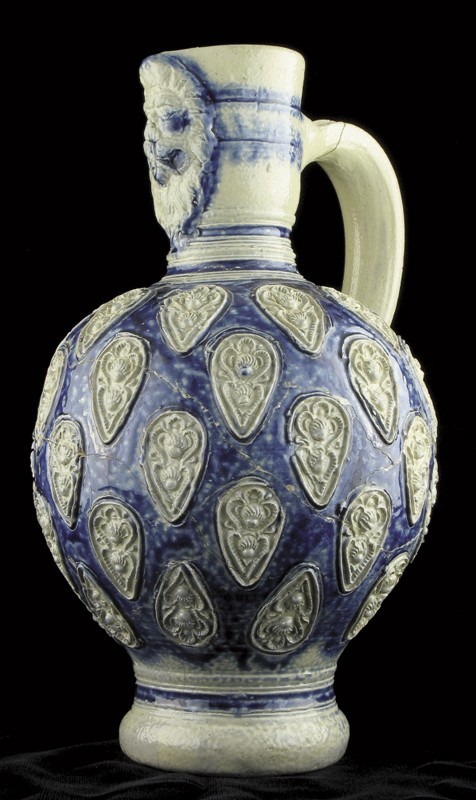
Ewer, Westerwald, Germany, ca. 1660. Salt-glazed stoneware. H. 8 1/8". (Courtesy, Historic St. Mary’s City; photo, Donald L. Winter.)
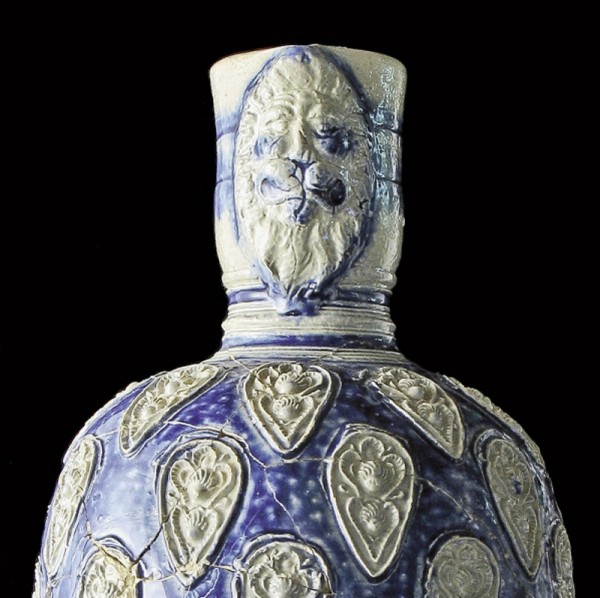
Detail of the ewer illustrated in fig. 9.
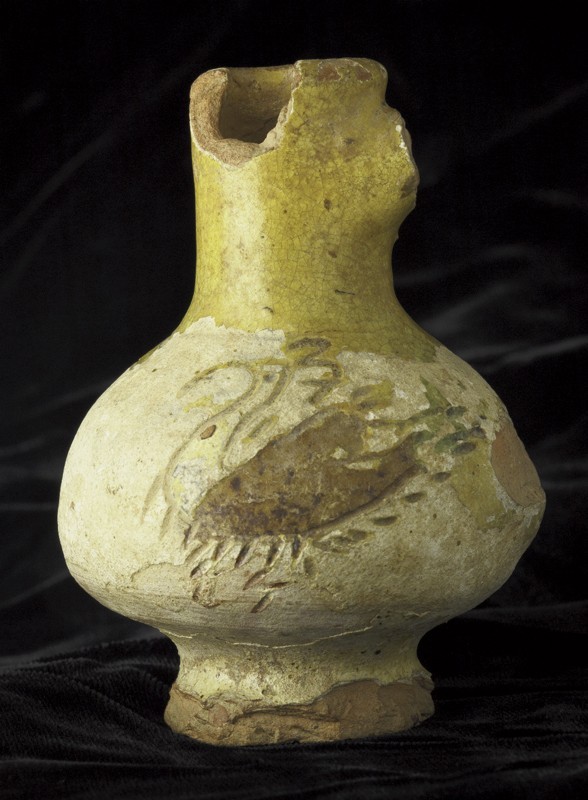
Bottle or cruet, Donyatt, England, ca. 1670–1680. Sgrafitto-decorated slipware. H. 3 11/16". (Courtesy, Historic St. Mary’s City; photo, Donald L. Winter.) This view shows the rendering of a swan.

Reverse view of the vessel illustrated in fig. 11, showing the rendering of a rooster.

The Print House in St. Mary’s City following reconstruction, ca. 1675–ca. 1700. (Courtesy, Historic St. Mary’s City; photo, Donald L. Winter.)

Plate fragment, English, 1680–1700. Tin-glazed earthenware. H. 7/8". Hand-painted in cobalt: “[undecipherable] / what . . . ” (Courtesy, Historic St. Mary’s City; photo, Donald L. Winter.)
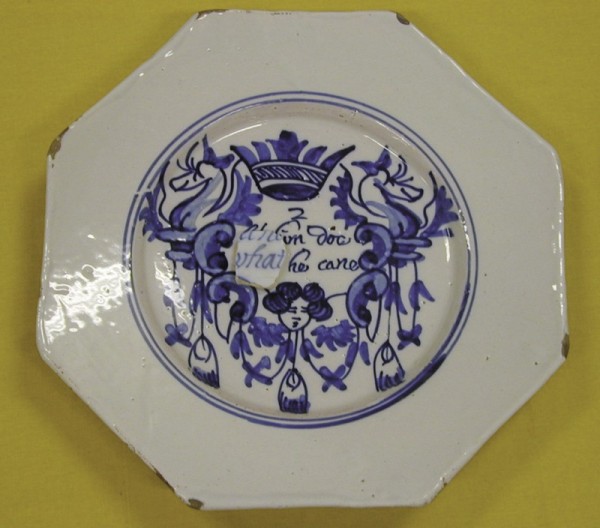
Merryman plate, one of a set of six, probably Dutch, possibly British, ca. 1684. Tin-glazed earthenware. D. 8 1/8". (Courtesy, Historic Deerfield; photo, Silas D. Hurry.)
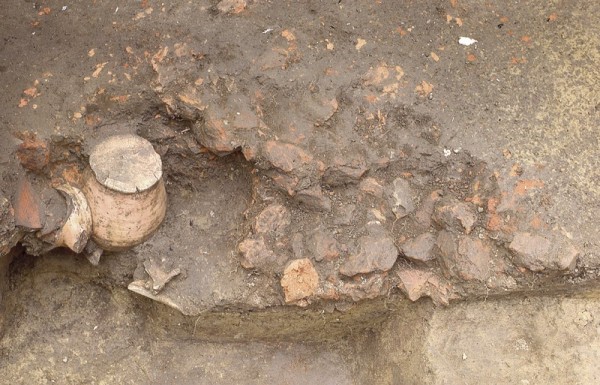
Morgan Jones pitcher in situ, St. Mary’s City, 1977. (Courtesy, Historic St. Mary’s City; photo, Garry Wheeler Stone.)
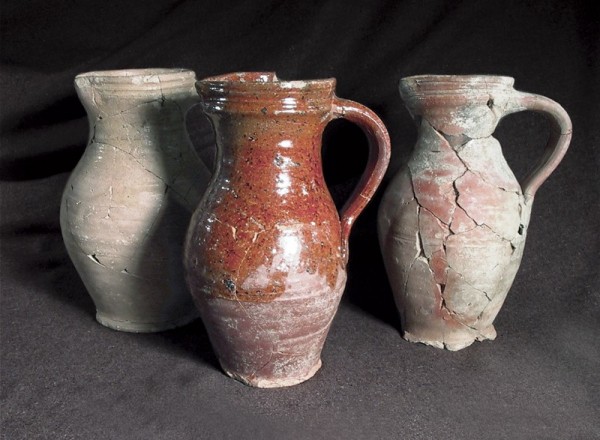
Pitchers, Morgan Jones, St. Mary’s County, Maryland, or Westmoreland County, Virginia, 1661–1680. Lead-glazed earthenware. H. (left to right) 9 5/8", 9 5/8", 9 7/8". (Courtesy, Historic St. Mary’s City; photo, Donald L. Winter.)

Interior of the St. John’s Site Museum. (Courtesy, Historic St. Mary’s City; photo, Donald L. Winter.)
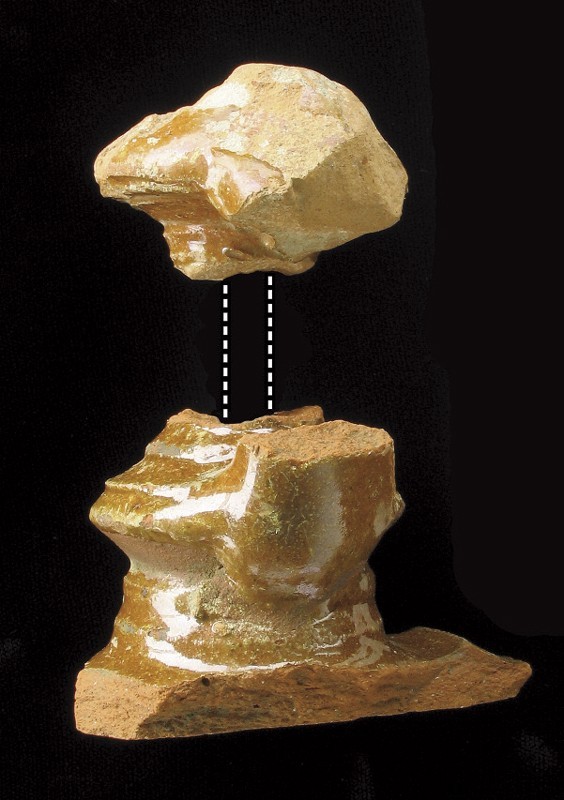
Candlestick fragments, Surrey-Hampshire, England, 1600–1650. Lead-glazed earthenware. (Courtesy, Historic St. Mary’s City; photo, Donald L. Winter.) The top element of this Border Ware candlestick was found in 1974, the bottom in 2003.

Jug fragment, Westerwald, Germany, dated 1646. Salt-glazed stoneware. (Courtesy, Historic St. Mary’s City; photo, Donald L. Winter.)
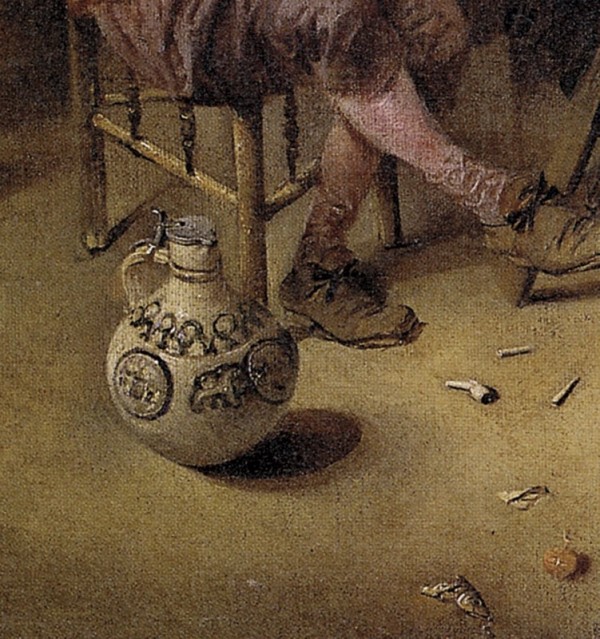
Abraham Diepraam (1622–1670), The Barroom (detail), 1665. Oil on canvas, 18 1/8 x 20 1/2". (Courtesy, Rijksmuseum.)
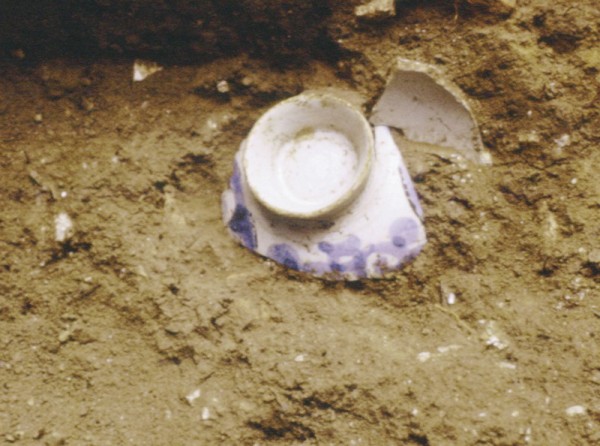
One of the deflt drinking bowls in situ at the St. John’s site. (Courtesy, Historic St. Mary’s City; photo, Alexander Henderson Morrison II.)
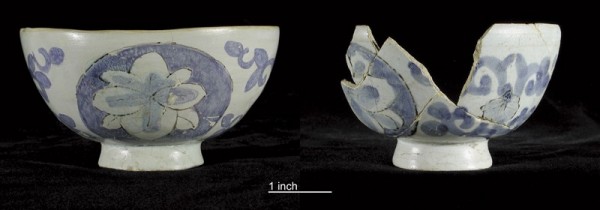
Bowls, Northern Netherlands, 1680–1700. Tin-glazed earthenware. D. (left) 3 5/16", (right) 3 1/4". (Courtesy, Historic St. Mary’s City; photo, Donald L. Winter.) These drinking bowls were excavated from redeposited cellar fill at the St. John’s site.

Tea bowl or coffee cup, Kütahya, Turkey, 1690–1710. Tin-glazed earthenware. D. 2 5/8". (Courtesy, Historic St. Mary’s City; photo, Donald L. Winter.) This Ottoman-period vessel is from the Garret Van Sweringen site, St. Mary’s City.
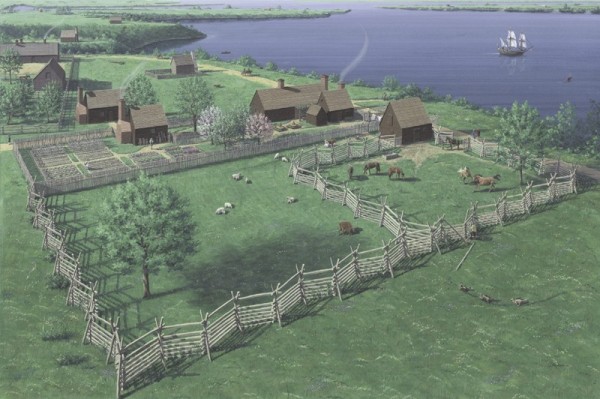
Artist’s conception of Van Sweringen’s Inn in 1692. (Courtesy, Historic St. Mary’s City; artwork, Leslie Barker, 2006, © Leslie Barker.)

Bowl, Carr China, Grafton, West Virginia, ca. 1911. Vitreous stone china. D. 5". (Courtesy, Historic St. Mary’s City; photo, Donald L. Winter.)
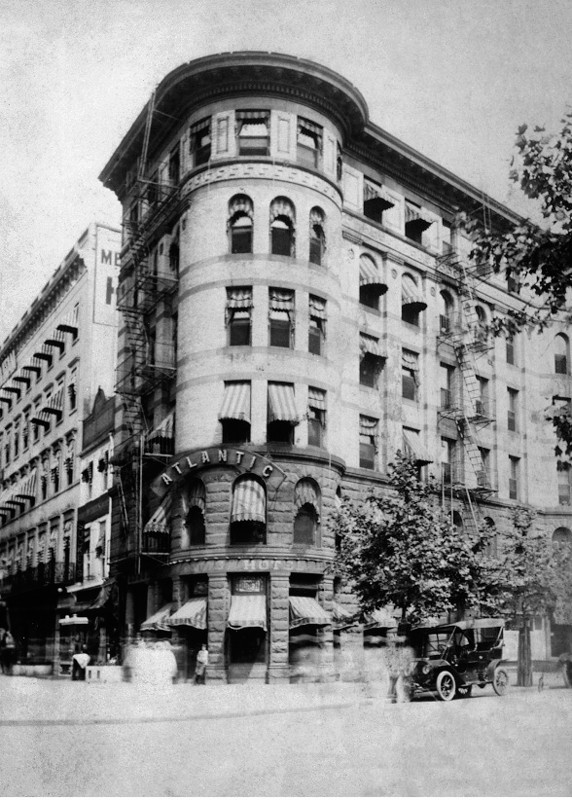
The Atlantic Hotel in Washington, D.C., early twentieth century. (Photo, Mrs. Harry Carroll Dalton.)
